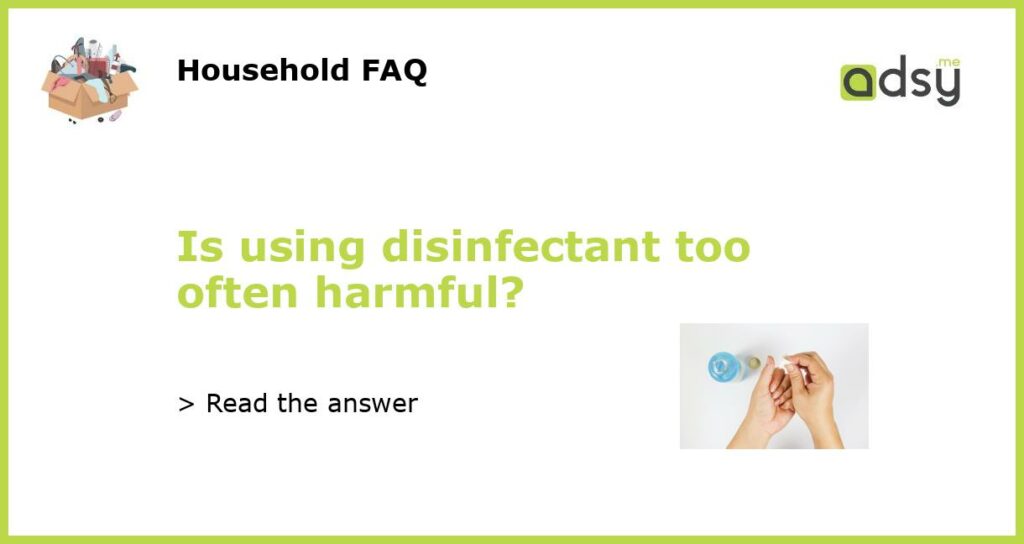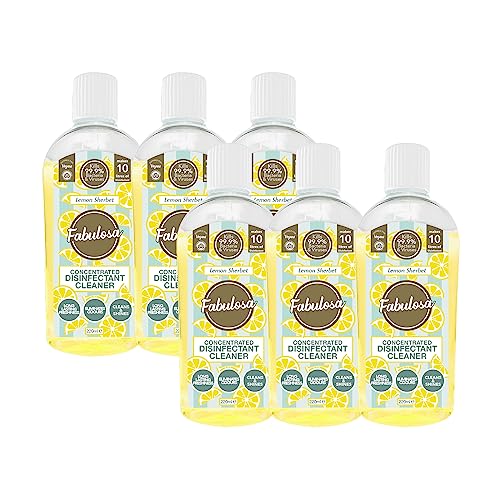What are disinfectants and how do they work?
Disinfectants are chemical substances that kill or eliminate harmful microorganisms from surfaces or inanimate objects. They work by disrupting the cell membrane of microorganisms, preventing their growth and replication. Common disinfectants include alcohol, bleach, hydrogen peroxide, and quaternary ammonium compounds (QUATS). These substances are effective against a wide range of bacteria, viruses, and fungi, including the novel coronavirus that causes COVID-19.
Can using disinfectants too often be harmful?
While disinfectants are essential in preventing the spread of infection, using them too often can be harmful. Some disinfectants can cause skin irritation or respiratory problems if inhaled in large quantities. Moreover, excessive use of disinfectants can lead to the emergence of antimicrobial-resistant microorganisms, which are difficult to treat with existing drugs. In addition, overuse of disinfectants can cause the buildup of chemical residues on surfaces or objects, which can pose a risk to human health.
How often should disinfectants be used?
The frequency of disinfecting surfaces or objects depends on the level of risk of transmission of infection. For high-touch surfaces such as doorknobs, light switches, and countertops, it is recommended to disinfect them at least once a day or more frequently if there is evidence of contamination. For low-touch surfaces such as floors or walls, disinfecting is not necessary unless there is an outbreak or suspected case of infection. It is also important to follow the instructions on the disinfectant label and use it as directed to avoid overuse or misuse.
What are the alternatives to disinfectants?
There are other ways to reduce the spread of infection besides disinfectants. Washing hands frequently with soap and water for at least 20 seconds is the most effective way to remove germs from the skin. Physical distancing, wearing masks, and avoiding large gatherings can also reduce the risk of infection. Additionally, improving indoor ventilation by opening windows or using mechanical systems can help dilute and remove airborne pathogens.
While disinfectants are critical in preventing the spread of infection, overuse or misuse of them can pose risks to human health and the environment. It is important to use them responsibly and follow the instructions on the label. In addition, alternative measures such as hand washing, physical distancing, and ventilation can be effective in reducing the risk of infection.






